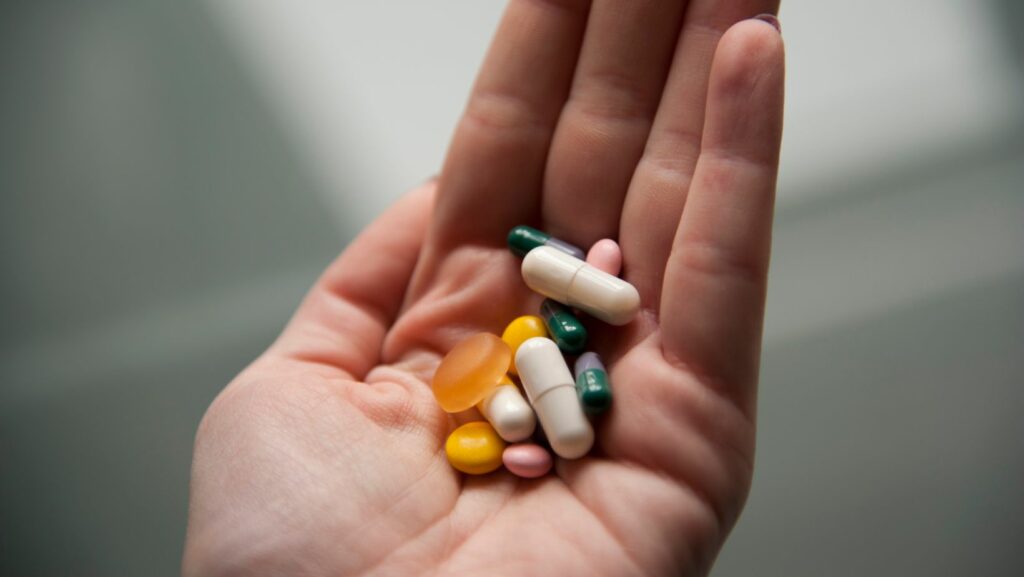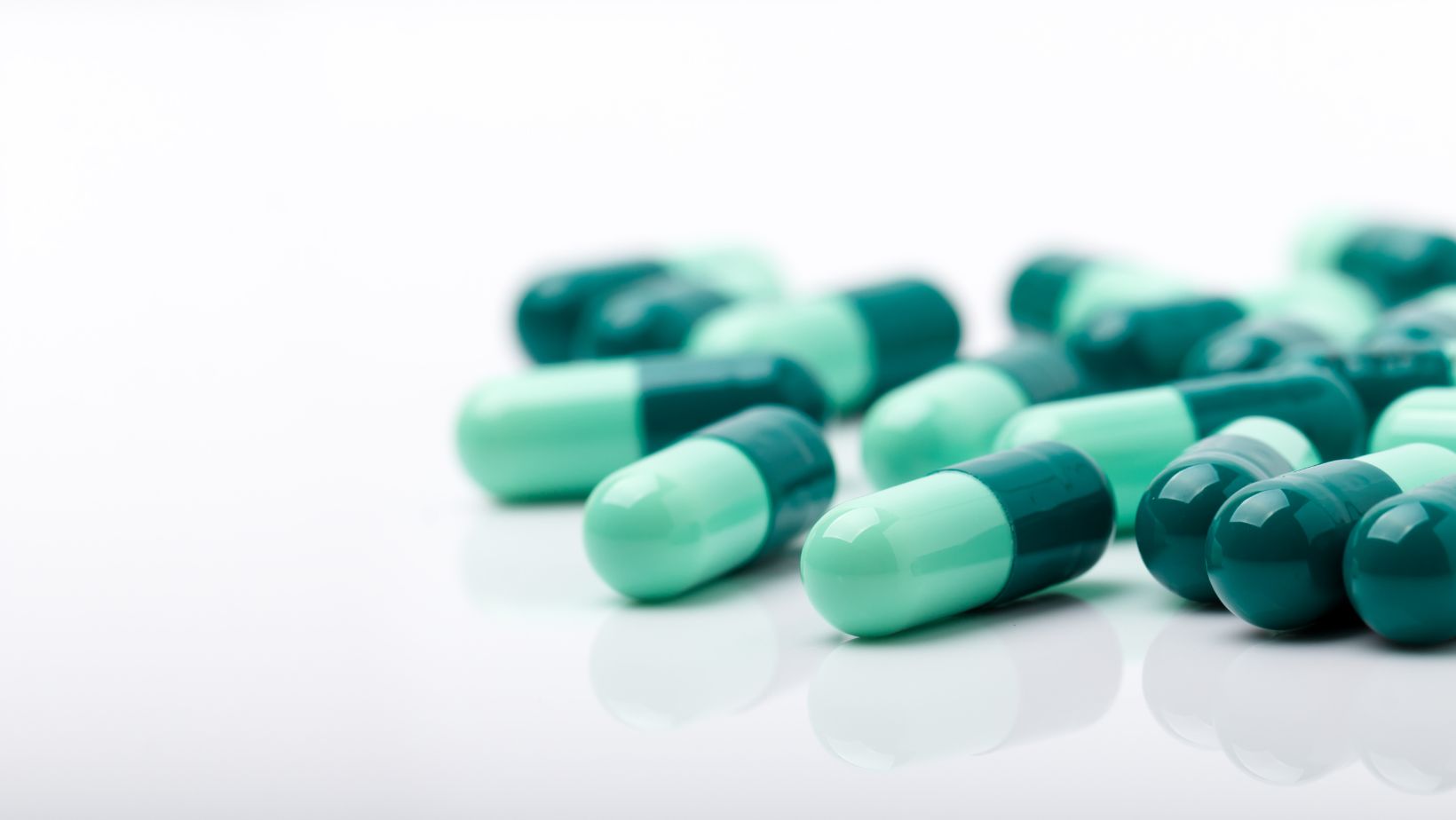
Can You Take Farxiga and Metformin Together
Are you wondering if it’s possible to take Farxiga and metformin together? Well, the answer is yes. These two medications can be taken in combination to help manage type 2 diabetes effectively. Farxiga, also known as dapagliflozin, is a medication that belongs to a class called SGLT2 inhibitors. It works by helping the kidneys remove excess glucose from the body through urine. Metformin, on the other hand, is a well-known oral medication used to lower blood sugar levels by reducing glucose production in the liver and improving insulin sensitivity.
Combining Farxiga with metformin can provide an enhanced blood sugar control for individuals with type 2 diabetes who may not achieve adequate results with just one medication alone. By targeting different mechanisms of action, these medications work synergistically to improve glycemic control and reduce HbA1c levels.
It’s important to note that while taking these medications together can be beneficial for many individuals, it’s always essential to consult with your healthcare provider before making any changes to your treatment plan. They will evaluate your specific medical condition and guide you on the most suitable dosage and frequency of use for both Farxiga and metformin. Remember, personalized medical advice is crucial for managing your diabetes effectively while minimizing potential risks or complications.
Understanding Farxiga and Metformin
The Benefits of Taking Farxiga and Metformin Together
When it comes to managing diabetes, combining different medications can often be an effective approach. Farxiga and metformin are two commonly prescribed drugs that can be taken together to help control blood sugar levels.
One of the key benefits of taking Farxiga (dapagliflozin) and metformin together is their complementary mechanisms of action. Farxiga is a sodium-glucose cotransporter-2 (SGLT2) inhibitor, which works by reducing glucose reabsorption in the kidneys, leading to increased glucose excretion through urine. On the other hand, metformin belongs to the class of biguanides and primarily works by reducing hepatic glucose production while also enhancing insulin sensitivity.
Combining these two medications can provide a dual-action effect on blood sugar regulation. By inhibiting renal glucose reabsorption with Farxiga and targeting liver glucose production with metformin, individuals may experience improved glycemic control compared to using either medication alone.

Understanding the Mechanism of Action
To fully grasp how Farxiga and metformin work together, let’s delve into their individual mechanisms of action in more detail.
Farxiga blocks SGLT2 receptors in the kidneys, preventing them from reabsorbing glucose back into the bloodstream. This leads to increased urinary excretion of glucose, resulting in lower blood sugar levels. It also promotes weight loss due to calorie loss through excessive urination.
Metformin lowers blood sugar levels by decreasing the amount of glucose produced by the liver while increasing insulin sensitivity in muscle cells. It does not stimulate insulin secretion but helps improve its effectiveness within the body.
By combining these two medications, you get a comprehensive approach that targets multiple pathways involved in regulating blood sugar levels. This combination therapy can provide better control over hyperglycemia and help individuals achieve their target blood sugar goals.
Dosage Recommendations for Combination Therapy
Determining the appropriate dosage of Farxiga and metformin when taken together will depend on various factors, including individual patient characteristics and medical history. It is crucial to consult with a healthcare professional who can assess your specific needs and prescribe the right dosage for you.
Typically, the starting dose of Farxiga is 5 mg once daily, which can be increased to 10 mg if necessary. Metformin dosages may vary from person to person but usually start at around 500 mg or 850 mg once or twice daily. The combination therapy may involve adjusting the dosages of each medication to achieve optimal glycemic control without compromising safety.
Remember, always follow your healthcare provider’s instructions regarding medication usage, dosage adjustments, and potential side effects.












